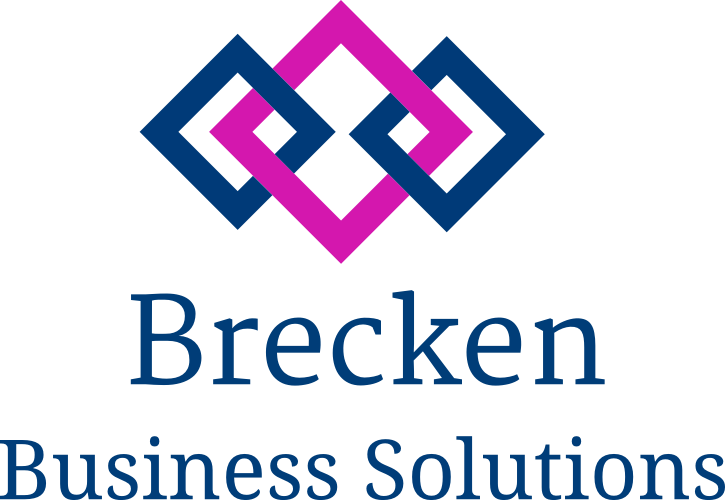how to read your balance sheet
How to Read Your Balance Sheet (Without the Headache)
Your balance sheet is more than just a bunch of numbers—it's a snapshot of your business’s financial health at a specific moment in time. Whether you're a business owner, freelancer, or simply trying to improve your financial literacy, learning how to read your balance sheet is one of the smartest things you can do.
In this guide, we’ll break it down step-by-step—no jargon, no fluff. Just practical insights to help you understand what your balance sheet is telling you and how you can use it to make better financial decisions.
📊 What Is a Balance Sheet?
A balance sheet is one of the three core financial statements (along with the income statement and cash flow statement). It summarizes a company’s assets, liabilities, and owner’s equity at a specific point in time.
Think of it as a financial snapshot—what you own, what you owe, and what’s left over.
💡 The Balance Sheet Equation:
iniCopyEdit
Assets = Liabilities + Equity
This equation must always “balance.” If it doesn’t, something’s wrong in your accounting.
The 3 Main Parts of a Balance Sheet
1. Assets – What You Own
Assets are everything your business owns or controls that can provide future economic benefits. They are typically divided into:
Current Assets: Cash, accounts receivable, inventory (expected to be used or converted to cash within a year)
Non-Current Assets (Fixed Assets): Property, equipment, vehicles, long-term investments
➡️ Tip: Healthy cash and receivables levels are signs of liquidity—your ability to pay bills and respond to opportunities.
2. Liabilities – What You Owe
These are your obligations or debts. Liabilities are also divided into:
Current Liabilities: Due within a year (e.g. accounts payable, short-term loans, wages)
Long-Term Liabilities: Due after more than a year (e.g. mortgages, long-term loans)
➡️ Tip: High short-term liabilities with low current assets could mean a cash crunch is coming.
3. Equity – What’s Yours
Equity is what remains for the owners after all debts are paid. It includes:
Owner’s capital/investments
Retained earnings (profits kept in the business)
➡️ Tip: Growing equity over time is a sign of a financially healthy business.
🔍 Step-by-Step: How to Read a Balance Sheet
Step 1: Look at the Big Picture
Start by checking your totals:
Are your total assets greater than total liabilities?
What is your equity? Is it increasing?
This gives you a sense of your business’s overall stability.
Step 2: Check Liquidity
Liquidity refers to your ability to cover short-term debts. A common ratio to use is:
Current Ratio = Current Assets / Current Liabilities
>1.0: Good liquidity
<1.0: You may struggle to pay short-term obligations
➡️ Use this to gauge how financially flexible you are day-to-day.
Step 3: Assess Debt Levels
Use the Debt-to-Equity Ratio to understand how leveraged your business is.
Debt-to-Equity = Total Liabilities / Owner’s Equity
A lower ratio (<1) often indicates less risk
A higher ratio (>2) may signal over-reliance on debt
➡️ Investors and lenders look closely at this when assessing risk.
Step 4: Watch Trends Over Time
A single balance sheet is useful—but comparing balance sheets over months or years is even better. You’ll spot trends like:
Increasing debt
Declining equity
Inventory buildup
Cash surpluses or shortages
This context helps you understand the story behind the numbers.
Real-World Example
Let’s say you're reviewing the balance sheet for your online retail business:
Total Assets: $100,000
Total Liabilities: $60,000
Owner’s Equity: $40,000
Your debt-to-equity ratio is 1.5. That’s relatively high, but not catastrophic. However, your current assets are $20,000 and current liabilities are $30,000—giving you a current ratio of 0.67.
⚠️ This tells you that while your business is growing, you're at risk of a short-term cash shortfall. Maybe it’s time to speed up receivables or reduce unnecessary expenses.
❓ Frequently Asked Questions (FAQs)
Q: Why is the balance sheet called a "snapshot"?
A: Because it shows your financial position at one specific moment—unlike the income statement, which covers a period of time.
Q: How often should I review my balance sheet?
A: Monthly is ideal. Regular reviews help you catch problems early and make proactive decisions.
Q: What does “negative equity” mean?
A: It means your liabilities exceed your assets—often a red flag that the business is insolvent or heavily indebted.
Q: How does the balance sheet connect to the other financial statements?
A: Net income from the income statement affects retained earnings in the equity section. The cash flow statement helps explain changes in cash listed under current assets.
⚠️ Common Balance Sheet Mistakes
Ignoring current liabilities: You might be cash-rich today but owe more than you realize next week.
Overvaluing inventory: Inventory that isn’t selling ties up cash and may need to be written down.
Confusing profit with equity: Profit doesn’t always turn into equity if it’s distributed or spent.
Not accounting for depreciation: This affects the book value of your assets and your equity.
🛠️ Tools You Can Use
QuickBooks and Xero: Automatically generate balance sheets from your entries
Google Sheets / Excel: Customize your balance sheet tracking with formulas
Wave Accounting: Great free option for freelancers and small business owners
📣 Call to Action
Your balance sheet isn’t just for tax season—it’s a powerful decision-making tool. Review it monthly. Use it to guide your spending, savings, and investing strategies. And most importantly, don’t ignore the signs it’s showing you.
If you're overwhelmed or unsure what your numbers are telling you, you're not alone. Reach out to a trusted accountant, bookkeeper, or financial coach—or send us your questions. We're happy to help you decode your balance sheet, no finance degree required!
